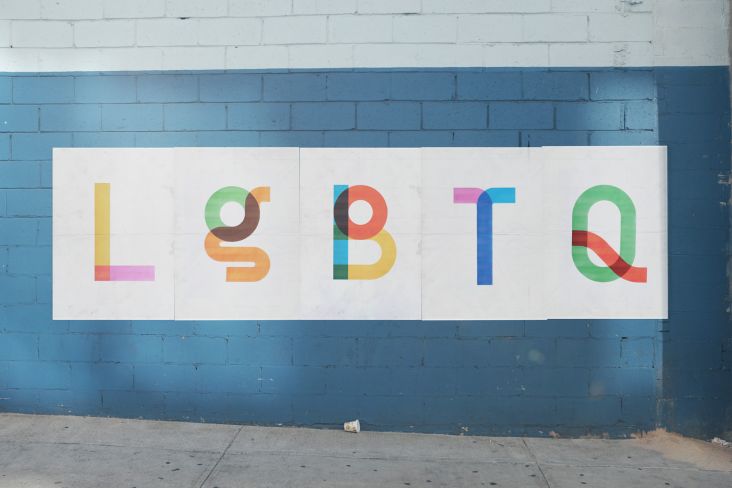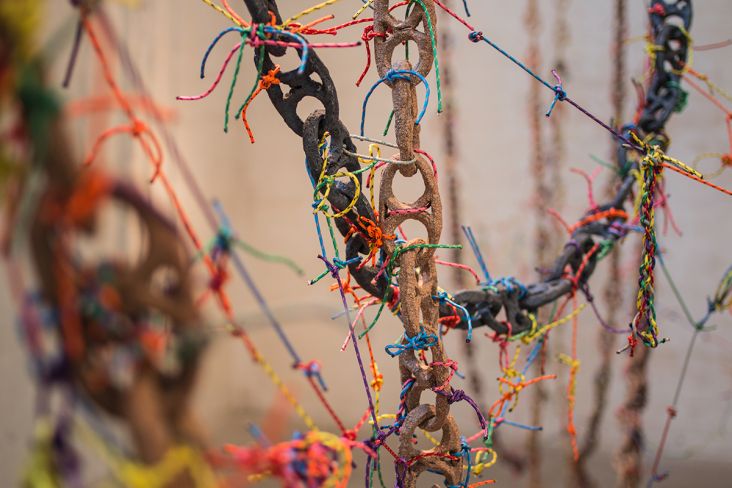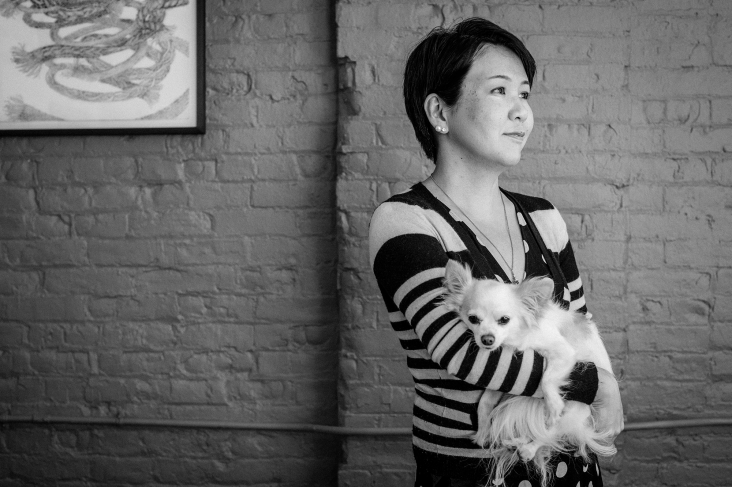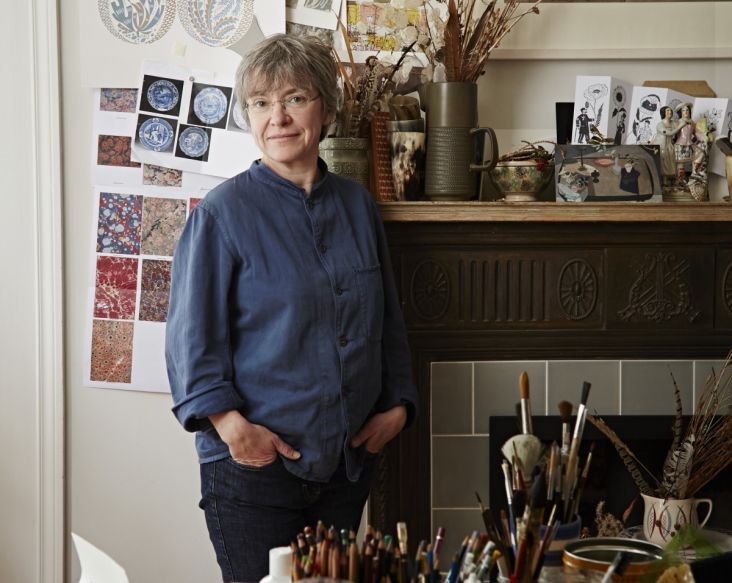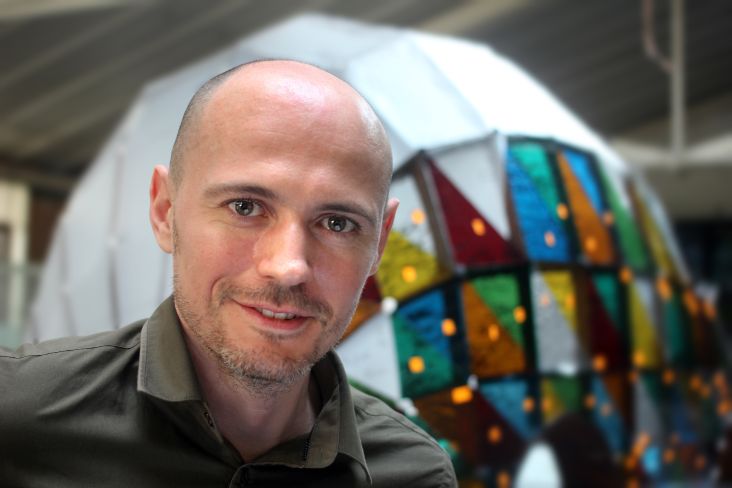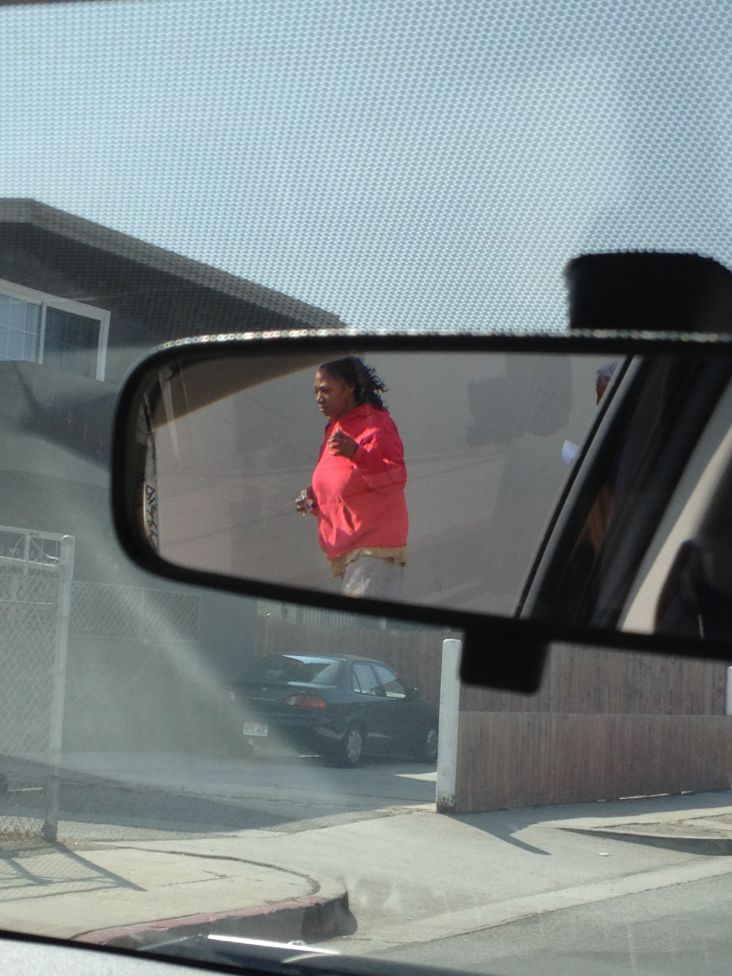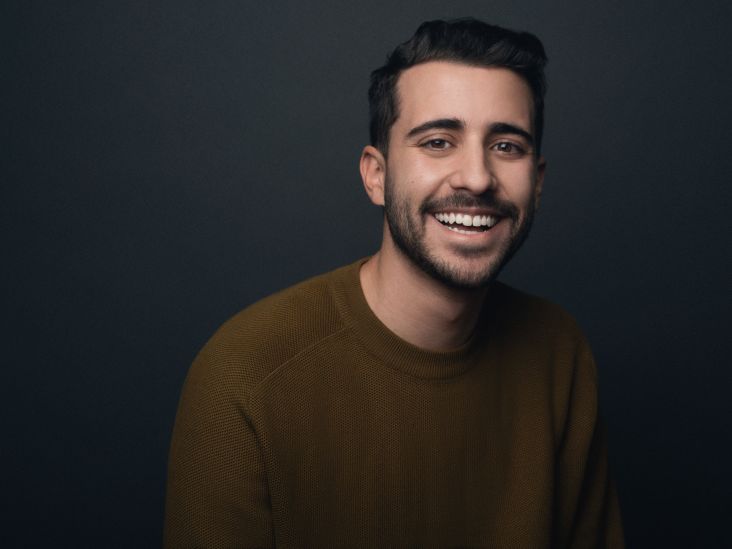French & Mottershead: the artists making their viewers experience death
Standing on a rickety boat in the middle of the Kentish Thames Estuary, I was forced to sideline the idea of my body as the thing holding me stood there on that blustery day, and instead imagine myself slowly decaying in the murky waters below.
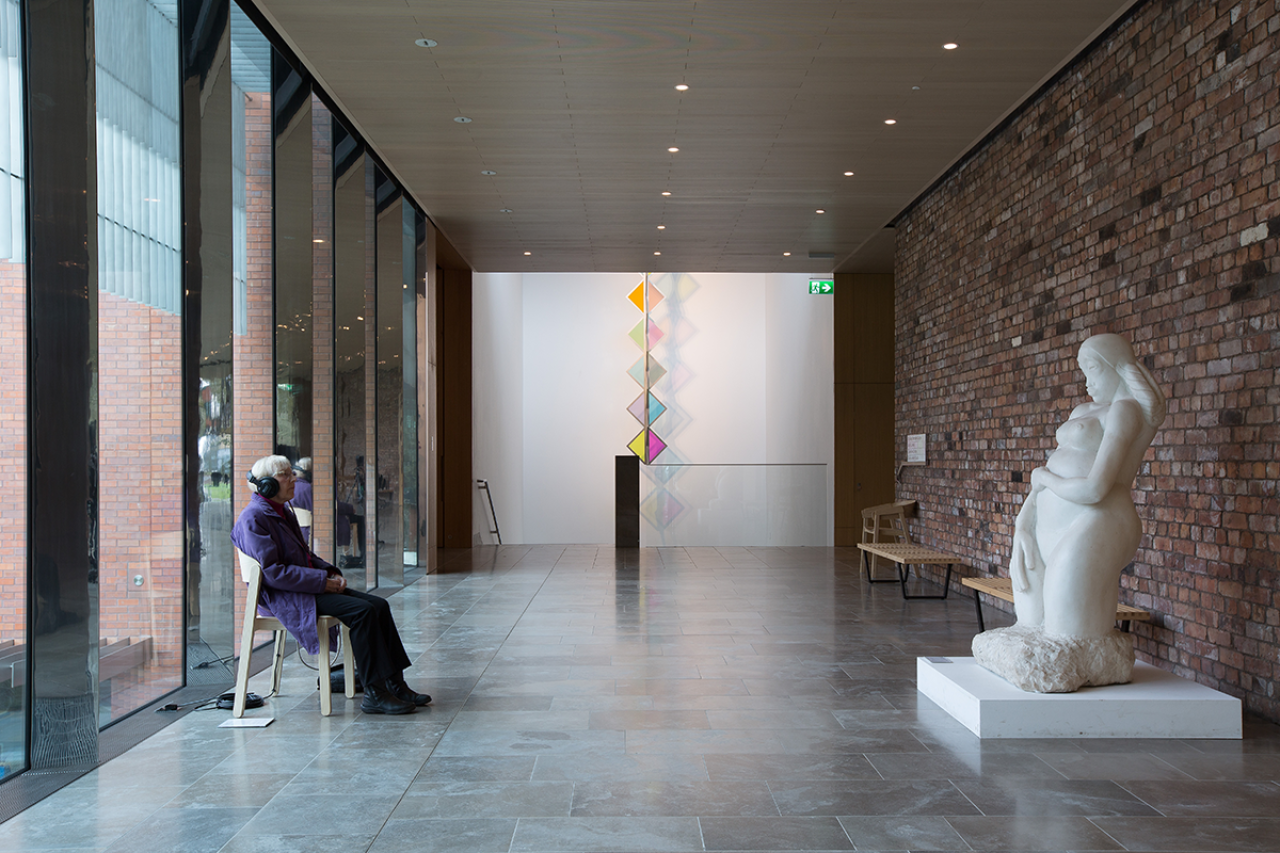
It sounds vile, terrifying, sadistic even; but somehow as we bobbed about on the grey waves and learned about our skin puckering and peeling, the water creatures nibbling away at our decrepit corpse, something felt incredibly poetic. It was almost perversely comforting, confronting death and decay in such a matter of fact way.
The reason behind all this morbidity was artist duo French & Mottershead, and their piece Waterborne, part of their trio of Afterlife works. It was presented as part of the Estuary Festival which took place last September across various locations along the Thames Estuary. As with much of their work, it used a site-specific audio piece to immerse the viewer in sensations and stories they’d never ordinarily contemplate.
"The science [of decay] itself can be quiet cold and clinical, detached and objective, so we found we needed to translate the details of scientific observations into experiences that could be felt," the artists explain. "With the Waterborne piece at the Estuary festival, it felt like such a fitting setting for the piece; it was very bleak but also contemplative."
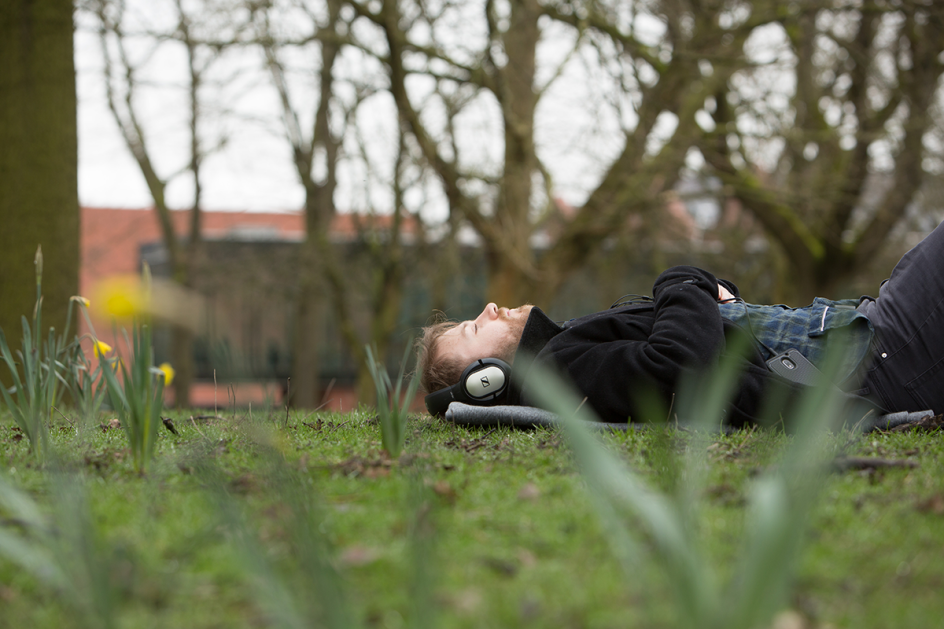
Naturally, their works engender some visceral reactions: "About seven minutes in to the 21-minute recording, I thought I was going to have to take off the headphones, roll over and vomit," wrote journalist Maddy Costa of "The creep of maggots into mouth and nose, the swell of the intestine with noxious gasses, even writing about it now makes me nauseous. But as well as being literally, grossly visceral, Woodland is also astoundingly beautiful, the more so as the years roll by, and the nature surrounded the body flourishes, nourished by its chemicals. As a calm voice told me of nibbling hedgehogs and soft lichen growth, I looked up at the network of tree branches above and felt an incredible sense of peace."
It would be easy to assume that French & Mottershead (Rebecca and Andrew respectively) are rather dark, morbid types – not the sort you’d want to find yourself cornered with at a party, perhaps. But they’re not: they’re affable and friendly, and first met in the distinctly lively setting of a karaoke booth.
"A mutual friend introduced us because we were both interested playing with the artist/audience divide and interested in digging into the various structures that make up a place or institution," they explain. "Close To You was the song of choice."
The duo is based in east London’s Bow in a "relatively small, clean" space "with lots of labelled multi-drawers. Suitable for thinking, writing, editing and testing out ideas. Large tables for laying out ideas and plans."
If you think you can handle it (coming from a very squeamish person, we almost guarantee that you can), you can see their Woodland piece at Tintern in late May or at Chalkwell Park, for Metal Southend, from May onwards.
We wanted to find out more about the hows and whys of making such powerful work, so we had a chat with the pair, whose Afterlife series piece Grey Granular Fist can be seen at the Whitworth Gallery's Park until 10 May 2017.
How did the Afterlife series come about?
A combination of things. We’d been making a work called Understory, which explored people’s connection with nature. We chose to elaborate on a short text written for a small part of that work, which invited the audience to lie down and imagine how their body would decompose into the surrounding woodland.
It was a touching experience that captured the audience’s imagination and was about the body, place, and time, all of which are themes that we like to work with.
It’s not really about preventing death and decay via some commodified object. There’s already a lot of art that does that. Instead, it’s about engaging the person in death and decay – via their body and imagination – in a situation that would affect the listener’s relationship to their body, and their body’s relationship to the places they are listening to the work.
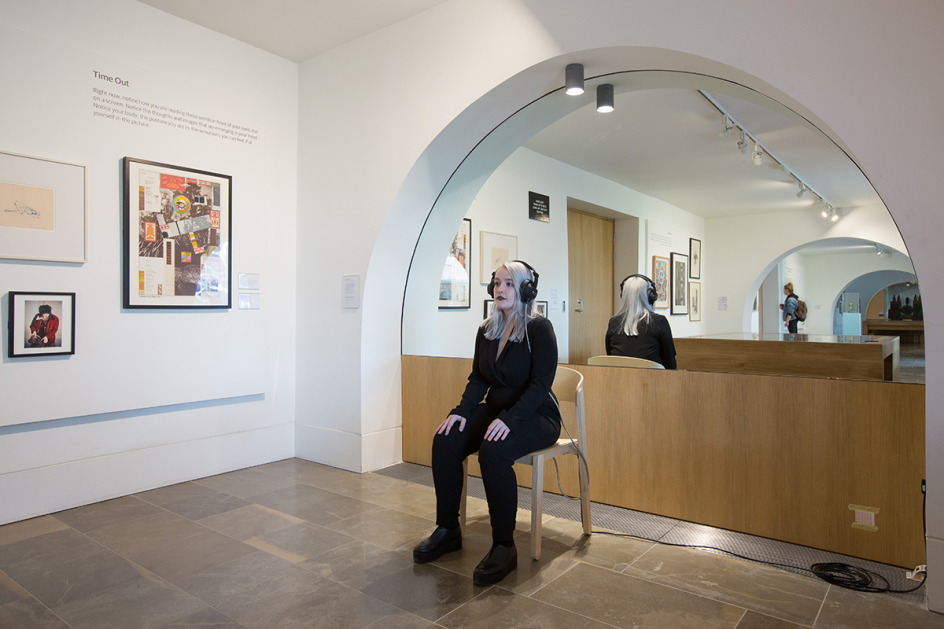
What made you interested in that in the first place?
Fear was a driver of curiosity. I remember as a young person in my 20s and 30s, living on my own on the 13th floor of a council tower block in south London. I remember being fascinated with those incredibly sad news stories of people who were found dead in their flat months or years after they had died. Thinking back, the source of that fascination has become clear – I felt the ultimate fear of loneliness, the fear of dying alone. One day it could be me.
It prompts those thoughts of what would happen to my body, my matter if I died in that situation. Being an artist you can take the opportunity to explore these stories.
What was the research process like? It must have been a very long and complex collaboration… There’s so much detail in the final piece.
A couple of years ago we started working with a forensic anthropologist – Dr. Carolyn Rando, who are based at University College London – to model likely scenarios for human decomposition in each context: water, woodland, museum, and home.
It’s been a crash course in human decomposition to explore the impact of temperature, moisture, animals, microbes and other environmental factors. We combed through case studies and literature to draw out the details that would not only be scientifically interesting narratives but evocative ones that would ground people in what could happen to their own bodies.
We observed experiments, where animal bodies were buried and exhumed for examination. They remind me of Akira Kurosawa’s quote, "The role of the artist is to not look away".
It’s extremely useful to get that real sense of the different stages of decomposition, the sweet, knowable but alien smells on the air, and how the body was interacting with the environment. For example, in terms of fly behaviour with a corpse, the ebb and flow of their presence with the slightest change in the air temperature was really surprising to witness. As the sun came out from behind the clouds, they descended on the corpses, as the sun disappeared, they vanished.
Through the research, we found that the story of human decomposition is about transformation, renewal, and change. Themes that lend themselves to good storytelling.
The works are based on a structure we’ve adopted from the science. The five stages of decomposition – fresh, bloat, black putrefaction, butyric fermentation, dry remains – lends them to being five act narratives. These are the generally accepted stages for terrestrial decomposition, with each stage varying in strength and duration depending on context. Bodies in water are thought to go through six sometimes seven stages.
We needed to allude to those visceral, lived experiences that we know from our everyday. For example, soon after death your mouth and eyes will dry. And we know what that feels like. And we think we know what it feels like for the blood to drain from our face. Waterborne is about the body dissolving and disarticulating in the water – starts with the fingertips pruning, which happens in the bath and the swimming pool. We understand what that is, and we built on that. Going through a whole process which culminates in the degloving of hands and destocking of feet and slippage of skin on your whole body over the course of the narrative.
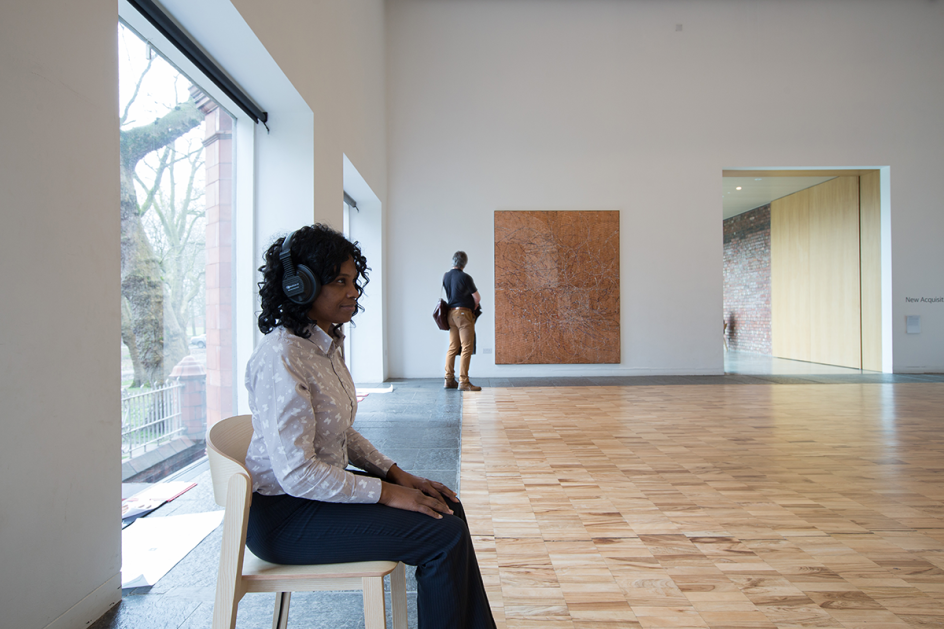
What do you hope participants will take from the Afterlife series of works?
We want them to understand the site, the place they are in, in a deeper way - the architecture, the industry, nature - and themselves as humans within these natural or manmade systems.
We want them to feel compassion for their body and themselves, and a connection to the environment where they are listening to the work. We want them to value the life they have and the life they will bring. We want them to talk openly about death and decay, and consider some things our inevitable demise that they wouldn’t have normally.
People often come to the different pieces with an image of the after life of their body, or the body of someone they know. We hope the works give cause to meditate on these images and the political spectrum that surround the different works. For ‘Woodland’ this can range from natural burial to body dump; ‘Home’ dwells on the fear of lonely death and social death; ‘Grey Granular Fist’ from personal vulnerability to public display; ‘Waterborne’ from drowning and disaster to the being at one with the flow of matter.
Bringing these works into the public realm and discussing the themes they touch on are vital.
What have been the most interesting, or squeamish, reactions to the works?
'Death-affirming' is a great reaction. So is 'you’ve just told me a story of my life that I will never actually know'.
Others have spoken or written about feeling a threat or shame response, basic primitive emotions. A fear of looking at something that is almost forbidden and disgusting – within a public park where people are walking past with their dogs and children (woodland) - that it was somehow pornographic or wrong.
A healthy interest in the details – almost an information-giving part of it, how the narrative feeds into the reward centre of brain. This is what’s happening now and then this is what happens next. Acceptance of the turmoil, of the natural processes. Lots of appreciation about it being a meditative space, and a gentle confrontation of something that you shouldn’t necessarily think about.
Have you always been interested in death as a theme in your work?
No. And though death is a theme, for us it’s more from the perspective of life. We hardly mention death, and of course there’s the irony of being alive whilst listening and playing dead. It’s more about us as humans, in a place, and going on a journey somewhere new. We do have a preference for works that reveal something that is hidden, or not normally spoken of and apparent, and death is certainly one of those.
What makes your collaboration work? What are the important considerations in maintaining a good artistic partnership with someone?
We give each other space to do what we are interested in, and then bring those interests together. When someone shares an idea, treat it like a gift or they might not share one with you next time. what have been your most fulfilling or enjoyable projects to work on and why?
Probably this one, as it has been so in-depth and fascinating. Another would be Over the Threshold, a performance photography works made with residents of Soho, London. We met some great people and worked with them in a creative way over some months.

















